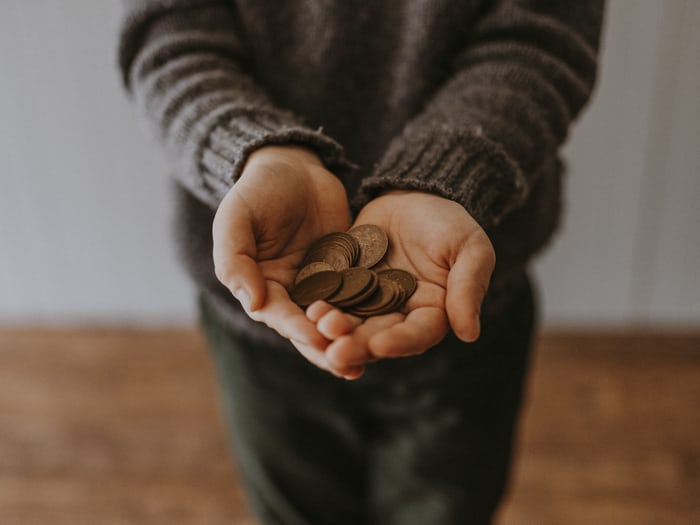
Globally, the poorest countries are challenged with barriers within the economy due to the large number of low-income earners’ lack of access to bank accounts and inability to qualify for loans. Microfinance aims to combat financial exclusion by helping low-income earners start businesses and invest in their future. Mobile money also has made the effort to allows people with mobile phones to make transactions even in remote areas. While these two have disadvantages, they hold the potential to help vulnerable people achieve financial resilience.
BARRIERS OF THE UNBANKED
Microfinancing and mobile money aim to address financial exclusion, a major contributor to poverty. According to the World Bank, in 2017, 1.7 billion people lacked a bank account. It is difficult for these people to manage their income, which may be irregular. Saving for future expenses is also especially challenging. Because they must store and carry physical cash, unbanked individuals are “vulnerable to theft” and misplacing their money.
Traditional banks are unlikely to grant loans to individuals living in poverty because they are considered a financial risk and usually have no credit history. As a result, options are restricted if low-income earners need financial support to purchase working tools or start a business. They either have to borrow from friends, family or loan sharks who charge high interest, trapping borrowers in massive debt and in ability to pay back sometimes endangers their lives.
FINANCIAL INCLUSION
Microfinance encompasses “microloans” as well as insurance plans and savings accounts, for low-income people or groups. People usually use microloans to start or manage small businesses. According to the 2019 Microfinance Barometer, in 2018 alone, microfinance benefitted about 140 million people. The majority of these borrowers were women (80%) and people in rural areas (65%).
The effects of mobile money are largely positive. One study demonstrates that mobile money “reduced the extreme poverty index by 42%” in Bangladesh. Mobile money also “increased food security by 45% for households” located far from a bank in Northern Uganda. Other studies suggest mobile money can help unbanked families purchase necessary goods during unexpected hardship. Mobile money allows people to transfer, withdraw and deposit money directly from their phones. This is helpful because this flexibility allows the unbanked to more easily and securely manage their money. Mobile money is also helpful for working people who send money to relatives in rural areas. It also comes in handy in emergencies when people need quick money transfers.
Microfinance institutions also have the potential to help vulnerable communities withstand environmental disasters. Microfinance institutions are equipped to invest in resources that will withstand floods, droughts or rising sea levels. About one-fourth of microfinance investment vehicles (MVIs) already offer loans for green products, such as solar panels, to incentivize sustainability. Also, they have been helpful for non-business needs, such as emergency savings or house repairs.
Mobile money has been helpful to some during the COVID-19 pandemic. Mobile money allowed people to exchange money through a single human agent as opposed to going to a bank full of people, which lessened physical contact. Additionally, unlike banks, agents are typically located throughout rural areas. This allowed people to manage their finances without having to travel far, which was beneficial during government-issued travel restrictions and saving cost of transportation as well.
Neither microfinance nor mobile money can singlehandedly end poverty. However, both provide benefits to the unbanked and have the potential to help people during unexpected hardship. Probably, with further research and increased accountability, both microfinance and mobile money will continue to combat financial exclusion.
